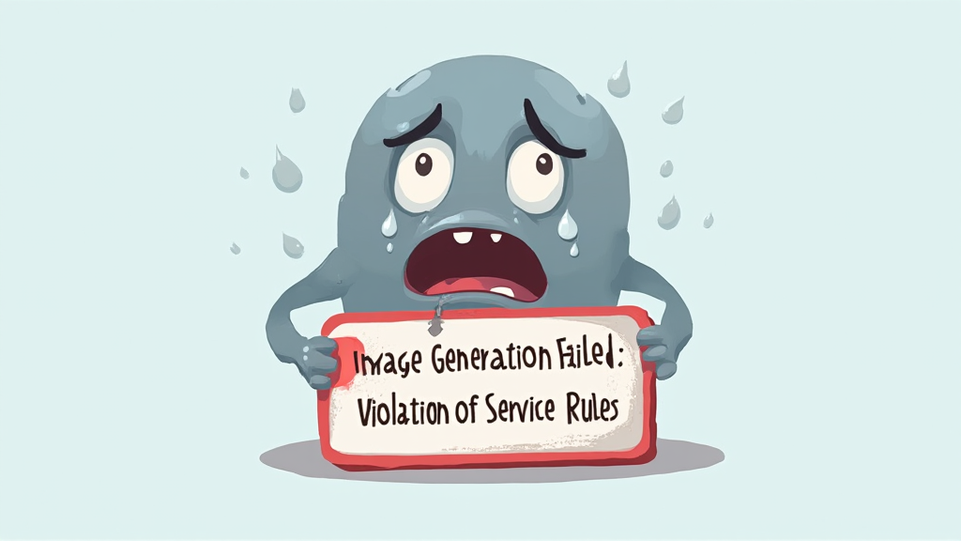Navigating the Stock Market Rollercoaster: Tips for Investors
What Causes Market Fluctuations?
Market fluctuations are often driven by a combination of economic data, geopolitical events, and investor sentiment. Economic indicators, such as employment rates and inflation , can significantly influence market behavior. These factors create a ripple effect. Investors react to news, sometimes irrationally. This can lead to sudden price changes.
Geopolitical tensions can also create uncertainty. When conflicts arise, markets often respond negatively. Fear can drive investors to sell. Emotional reactions can overshadow rational analysis. Understanding these dynamics is crucial for informed decision-making. Knowledge is power in investing.
The Impact of Economic Indicators
Economic indicators play a crucial role in shaping market expectations and investor bfhavior. For instance, a rise in unemployment rates typically signals economic weakness. This can lead to decreased consumer spending. Consequently, stock prices may decline.
Moreover, inflation rates can influence interest rates set by central banks. Higher inflation often results in increased borrowing costs. This can dampen corporate profits. Investors must stay informed about these trends. Awareness is essential for strategic planning.
Investment Strategies for Uncertain Times
Diversification: Spreading Your Risk
Diversification is a key strategy for managing investment risk. By spreading investments across various asset classes, he can reduce exposure to any single market downturn. This approach helps stabilize returns. It is a prudent method.
Additionally, including different sectors and geographic regions can enhance portfolio resilience. This can mitigate losses during economic fluctuations. Investors should consider their risk tolerance. Understanding risk is vital for success.
Long-Term vs. Short-Term Investing
Long-term investing typically focuses on building wealth over time. This strategy allows for compounding returns, which can significantly enhance portfolio value. It requires patience and discipline. Short-term investing, on the other hand, aims for quick gains. This approach often involves higher risks.
Market volatility can create opportunities for short-term traders. However, it can also lead to substantial losses. Investors must assess their financial goals. Understanding personal objectives is crucial for effective strategy.
Technical Analysis: Reading the Market
Key Indicators to Watch
Key indicators are essential for effective technical analysis. Investors should monitor the following:
These indicators provide insights into market behavior. They help in making informed decisions. Understanding these tools is vital for success. Knowledge is power inward trading.
Chart Patterns and Their Significance
Chart patterns are crucial for understanding market trends. Common patterns include head and shoulders, triangles, and flags. Each pattern indicates potential price movements. For example, a head and shoulders pattern often signals a reversal. This can lead to significant trading opportunities.
Additionally, triangles can suggest continuation or reversal, depending on their formation. Recognizing these patterns allows for strategic entry and exit points. Awareness of chart patterns enhances decision-making. Knowledge is essential for successful trading.
Fundamental Analysis: The Bigger Picture
Evaluating Company Performance
Evaluating company performance involves analyzing key financial metrics. Important indicators include earnings per share (EPS), return on equity (ROE), and profit margins. These metrics provide insights into profitability and efficiency. For instance, a high ROE indicates effective management. This can attract investors.
Additionally, examining revenue growth trends is essential. Consistent growth often reflects a strong market position. Understanding these factors is vital for informed investment decisions. Knowledge leads to better outcomes.
Understanding Market Sentiment
Understanding market sentiment is crucial for effective investing. It reflects the overall attitude of investors toward a particular security or market. Positive sentiment often drives prices higher, while negative sentiment can lead to declines. This relationship is significant.
Moreover, sentiment can be gauged through various indicators, such as the Fear and Greed Index. These tools provide insights into market psychology. Recognizing sentiment shifts can enhance decision-making. Awareness is key in trading.
Risk Management Techniques
Setting Stop-Loss Orders
Setting stop-loss orders is a vital risk management technique. These orders automatically sell a security when it reaches a specified price. This helps limit potential losses. It is a protective measure.
Additionally, determining the appropriate stop-loss levep is crucial. Traders often use a percentage of the entry price or technical support levels. This strategy can safeguard capital. Understanding this tool enhances trading discipline. Knowledge is essential for success.
Position Sizing and Capital Allocation
Position sizing and capital allocation are essential for effective risk management. Properly determining the amount to invest in each trade can minimize potential losses. This approach enhances overall portfolio stability. It is a smart strategy.
Moreover, using a fixed percentage of total capital for each trade helps maintain consistency. This method reduces emotional decision-making. Understanding these principles is crucial for long-term success.
The Role of News and Social Media
How News Affects Market Sentiment
News significantly influences market sentiment and investor behavior. Positive news can drive stock prices higher, while negative news often leads to declines. This relationship is critical.
Furthermore, social media amplifies the impact of news. Rapid dissemination of information can create immediate reactions. Investors must stay informed. Awareness is essential for strategic decision-making.
Utilizing Social Media for Insights
Utilizing social media can provide valuable market insights. Platforms like Twitter and LinkedIn offer real-time information and sentiment analysis. This can enhance decision-making. It is a useful tool.
Additionally, following industry experts and analysts can yield diverse perspectives. Engaging in discussions can reveal emerging trends. Investors should be proactive. Knowledge is crucial for staying competitive.
Learning from Past Market Crashes
Historical Examples of Market Downturns
Historical examples of market downturns provide valuable lessons. The Great Depression of 1929 led to significant economic changes. It highlighted the importance of regulatory measures. This was a turning point.
Similarly, the 2008 financial crisis exposed vulnerabilities in the banking system. It resulted in widespread reforms. Understanding these events can guide future investment strategies. Awareness is essential for informed decisions.
Lessons for Future Investments
Lessons from past market crashes are invaluable for future investments. Diversification can mitigate risks during downturns. This strategy protects capital effectively.
Additionally, maintaining a long-term perspective is crucial. Short-term volatility can mislead investors. Understanding market cycles helps in making informed decisions.
